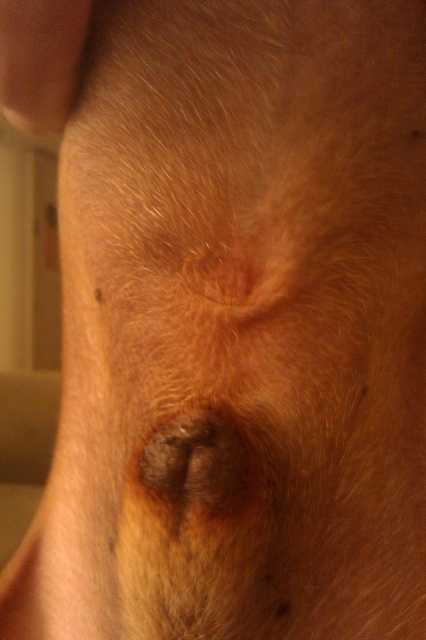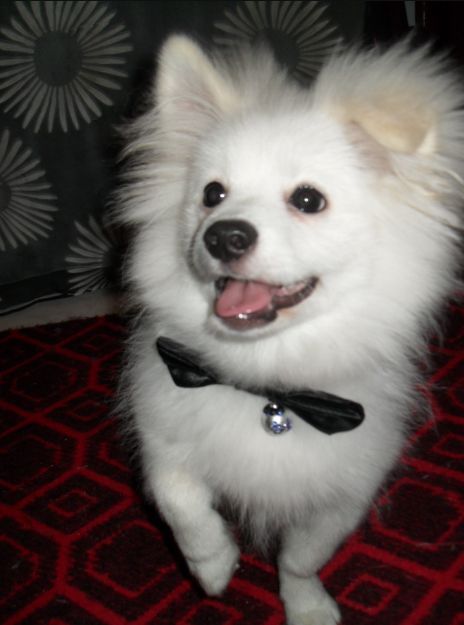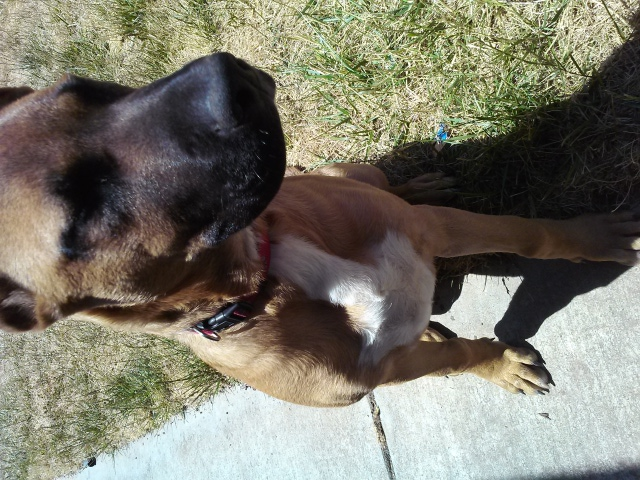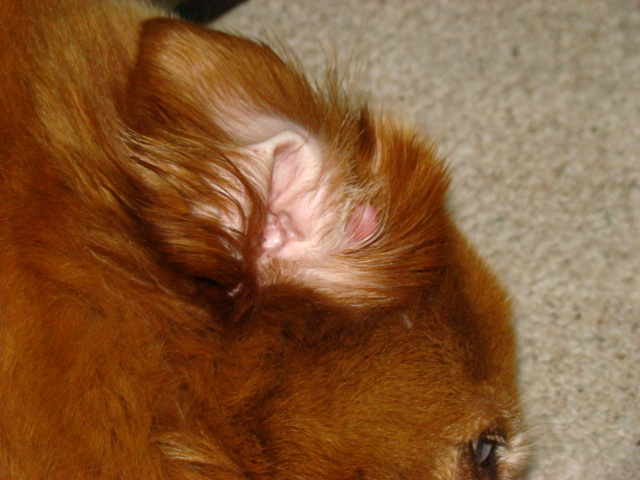QuestionHi, we have just brought a new German shepherd puppy and he is 11 weeks old now. we got him at 8 weeks old and the puppies were all removed from their mother at just 5 weeks old. Our problem is his constant biting us. we have tried giving him various chew toys and bones, yelping, growling, telling him no, and ignoring him but he wont stop. if we ignore him and try to get away from him he bites our feet. Its slightly more aggressive than the mouthing puppies do as he's snapping at us also. We have him booked in for puppy classes but they don't start for another two weeks. we have a two year old son who i am very worried will end up getting bitten so the dog is having to spend most of the time in his bed in the utility room. i feel bad locking him away and worried this might make him worse, what do you think? we are already taking him on long walks to burn off some energy but as soon as we let him in the same room as us we just get bitten constantly. we are thinking maybe we should try and return him to his owner or will he grow out of it soon?
thanks for your help.
AnswerThe problem will not go away on its own in time. Obedience lessons will help as well as the walks. The walks need to be disciplined walks and you need to working on other obedience now.
''Elevation for small puppies: Sit on the floor and gently put your hands around your pup's middle, below his front legs, and lift him up. He is facing you. Hold him for 15 seconds. Repeat until he no longer struggles. If he is past 10-12 weeks, lift his front feet off the ground, but don't pick him up.
Cradling for small puppies: Hold your puppy gently on his back, as you would cradle a small baby. If he struggles, hold him firmly until he quiets for 10-15 seconds. With larger pups, you can do this as your sit on the floor, with your pup between your legs.
Quiet lying down: Place your pup on the floor on his side, with all 4 legs pointing away from you. Use your hands on his neck/shoulder area and middle, to hold him in this position. When he is quiet, praise him. Lengthen the time that you keep him quietly in this position. When he accepts this position well, handle his paws and muzzle, while keeping him quiet.''
The quotes mean this isn't my original work. It is copied from my Puppy Raising Manual. I have long used these or minor variations of them, and they are very effective. You may want to give him a belly rub while he is on his back too. Helps bonding. There is a big difference between him rolling over and demanding a belly rub, and you choosing a time to roll him over and rub his belly. The latter cements your place as pack leader.
Young Labs, which I know best, and other puppies tend to very bad about
biting. You see a litter of them, and all the ones that are awake are biting
another one or themselves. I am not even sure they realize that when they are
alone, if they quit biting, they would quit being bitten. At 3 to 4 months
they are getting their adult teeth, and it seems they spend every waking
moment biting or chewing. One thing you can do at that stage is to knot and wet a piece of cloth. Then freeze it. The cooling will soothe the gums. Only let the puppy have it when you are there to watch it. I maintain a Lab's favorite chew toy is another
Lab. Otherwise they settle for any person they can. They keep hoping to find
one that won't yelp, jerk their hand away, and leave.
You just have to keep on correcting them, hundreds of times, not dozens.
Provide sturdy, safe toys such as Kongs and Nylabones. Avoid things they can
chew pieces off and choke on them. Keep them away from electrical cords.
Crates are essential for most young Labs and other dogs.
The pet stores are full of toys that many dogs will quickly chew up into
pieces they could choke on or cause intestinal blockages. If you are not
there to watch, stick to sturdy stuff such as Nylabones and Kongs. Keep a
close eye on chew toys and quickly discard anything that is coming apart in
pieces. Rawhide is especially bad because it swells after being swallowed.
I don't trust any of the consumable chews. The dogs just gnaw them down to a
dangerous size too quickly. These problems are the worst with, but not
limited to, large, aggressive chewers such as Labs.
If your dog is at least 4 - 5 months old, start with a good 6' leather
leash and a sturdy slip collar, the metal chain ones with the rings on each
end. You want the shortest one that will go on and off easily. If you walk
with the dog on the left, pull the chain through one loop forming a "P".
Facing it, slip it over its head. The free end should come over the neck to the leash, and the other end should drop slack when there is no pull on the leash. Before 4 months use a conventional flat collar to protect the tender young neck.
Easier dogs will give up their pulling with a few good snaps of the leash
combined with a stern "Bad dog!". You can work up to forceful corrections
with the leash doubled up in both hands and your whole body behind it. But
you don't want to use any more force than you need. One gentle technique I
like is to just stop when he pulls. He wants to go. If you move forward when
the leash is slack, and stop when he pulls, he should quickly figure out the
only way to get to go, is not to pull. This is about teaching him not to
pull, not getting somewhere. The man that taught it to me said "If in a half
hour you haven't made it out to the front walk, fine, you have taught him a
lesson. Pulling the dog backwards is a good technique too
Still, you may want to switch to a head collar. The leading brands are Promise, Haltie, and Gentle Leader. They have a strap going around the dogs nose looking something like a muzzle. They work by pulling the dogs head around. No other way gives you such great control with so little force. The prong collar is now a
dangerous relic of value only for its macho looks. Do not consider using one
without hands on instruction from somebody with plenty of experience with them.
All but the most recalcitrant young puppies can be controlled before they are 4 months old with the flat collar and patience. If you must have something more with a younger puppy, use a fabric restricted slip collar. These are sort of a cross between the conventional flat collar and the slip collar. Some of them are adjustable, Good for a growing puppy. They have a fabric loop at one end with a metal ring holding the other end in the loop, allowing it to slid back a forth. find one, or adjust one to where it will go on over the puppies head, but will not tighten up past a snug fit around the neck. Put it on the same way as the metal slip collar. The service dog school my Pepper belongs to uses them on all their dogs, puppies and working dogs, except where they must use a head collar.

 Found Dog
Question
this is what it looks
Hello my is sara and my
Found Dog
Question
this is what it looks
Hello my is sara and my
 Dog Breed.
Question
Recent photo this week
Hello,
I saw that you
Dog Breed.
Question
Recent photo this week
Hello,
I saw that you
 dog breed unknown
Question
dog breed unknown dog breed unknown &nbs
dog breed unknown
Question
dog breed unknown dog breed unknown &nbs
 Live worms came out in my dogs poop and he has some rashes?
Question
The Rashes
She is 15 months old and is
Live worms came out in my dogs poop and he has some rashes?
Question
The Rashes
She is 15 months old and is
 Ear Care
Question
Erins Ear 2
I had my dog groomed two days ago
Ear Care
Question
Erins Ear 2
I had my dog groomed two days ago